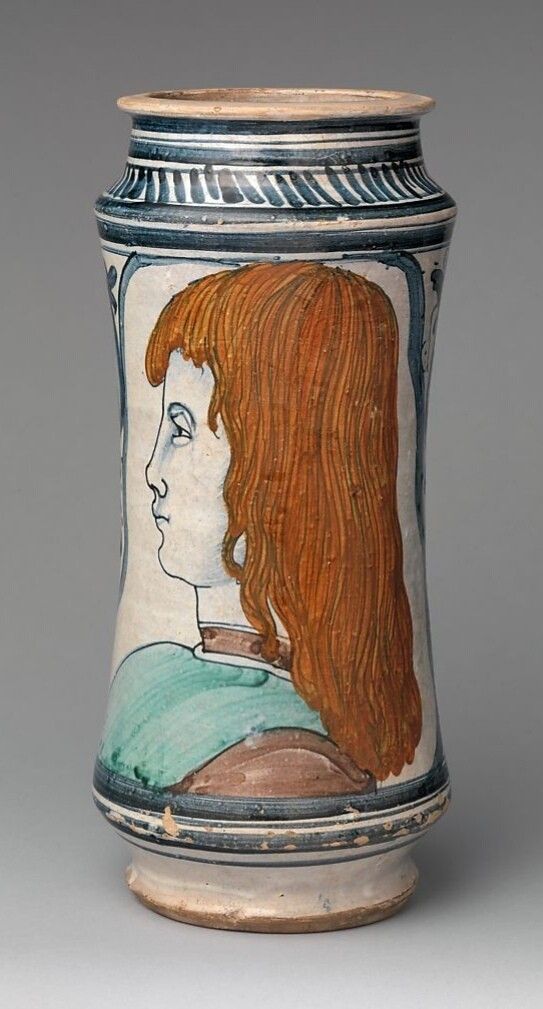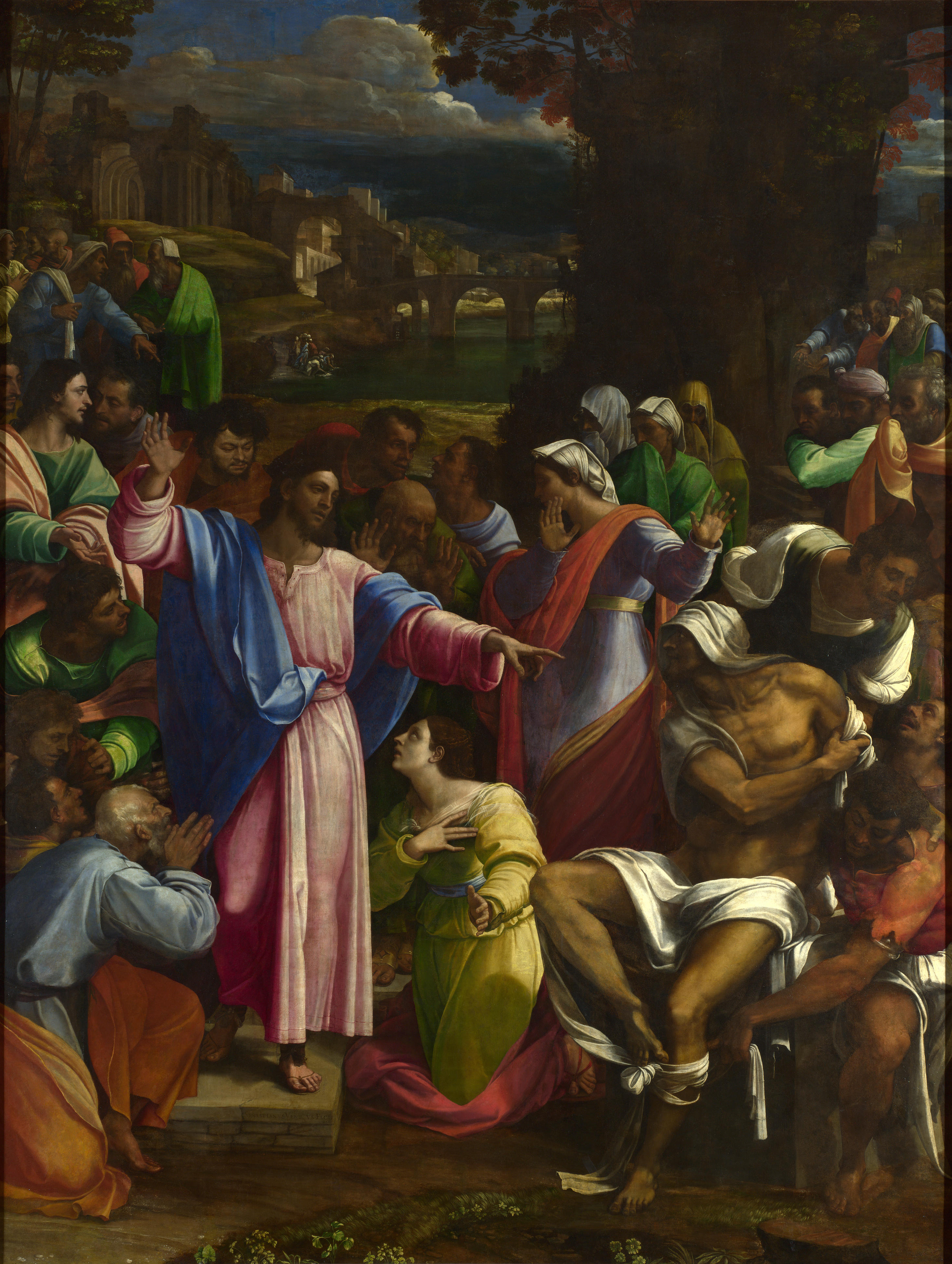|
Saint Francis With The Blood Of Christ
''Saint Francis with the Blood of Christ'' is a c. 1490-1495 tempera and gold on panel painting by Carlo Crivelli, signed at bottom right OPUS CAROLI CRIVELLI VENETI / MILES VERUS". On the reverse is a heraldic emblem. It is now in the Museo Poldi Pezzoli in Milan. Description It shows Francis of Assisi (with his stigmata visible) collecting blood pouring from the side of Christ in a cup, with the column, the ropes and the stick with the vinegar-soaked sponge from the Flagellation and Passion of Christ. Christ himself holds a cross, from which hang other Instruments of the Passion (crown of thorns, whip, nails). The subject is a rare one in painting, mainly appearing in works from the Veneto such as Giovanni Bellini's ''The Blood of the Redeemer'' (National Gallery, London) and Vittore Carpaccio, Carpaccio's ''Christ between Four Angels'' (Udine). With St Francis as an active character, Crivelli's treatment of the theme differs from the ideas of Giacomo della Marca and thus repres ... [...More Info...] [...Related Items...] OR: [Wikipedia] [Google] [Baidu] |
Vittore Carpaccio
Vittore Carpaccio ( UK: /kɑːrˈpætʃ(i)oʊ/, US: /-ˈpɑːtʃ-/, Italian: itˈtoːre karˈpattʃo c. 1460/66 – 1525/26) was an Italian painter of the Venetian school who studied under Gentile Bellini. Carpaccio was largely influenced by the style of the early Italian Renaissance painter Antonello da Messina (c.1430-1479), as well as Early Netherlandish painting. Although often compared to his mentor Gentile Bellini, Vittore Carpaccio’s command of perspective, precise attention to architectural detail, themes of death, and use of bold color differentiated him from other Italian Renaissance artists. Many of his works display the religious themes and cross-cultural elements of art at the time; his portrayal of '' St. Augustine in His Study'' from 1502, reflects the popularity of collecting “exotic” and highly desired objects from different cultures. Carpaccio’s works ranged from singular pieces painted on canvas to altarpieces and large pictorial cycles. Sever ... [...More Info...] [...Related Items...] OR: [Wikipedia] [Google] [Baidu] |
Paintings In The Museo Poldi Pezzoli
Painting is the practice of applying paint, pigment, color or other medium to a solid surface (called the "matrix" or "support"). The medium is commonly applied to the base with a brush, but other implements, such as knives, sponges, and airbrushes, can be used. In art, the term ''painting ''describes both the act and the result of the action (the final work is called "a painting"). The support for paintings includes such surfaces as walls, paper, canvas, wood, glass, lacquer, pottery, leaf, copper and concrete, and the painting may incorporate multiple other materials, including sand, clay, paper, plaster, gold leaf, and even whole objects. Painting is an important form in the visual arts, bringing in elements such as drawing, Composition (visual arts), composition, gesture (as in gestural painting), narrative, narration (as in narrative art), and abstraction (as in abstract art). Paintings can be naturalistic and representational (as in still life and landscape art, lands ... [...More Info...] [...Related Items...] OR: [Wikipedia] [Google] [Baidu] |
Ferdinand II Of Naples
Ferdinando Trastámara d'Aragona, of the branch of Naples, known to contemporaries especially with the name of Ferrandino (Naples, 26 June 1467 - Naples, 7 October 1496). Acclaimed "the first among all the Kings and Lords of the World" and universally praised for his excellent virtues was King of Naples for just under two years, from 23 January 1495 to 7 October 1496. Prince of Capua from birth until 25 January 1494 and Duke of Calabria from 25 January 1494 to 23 January 1495 as heir to the throne. A valiant prince, magnanimous, forgiving, and truly endowed with every good disposition of the soul as well as of the body, he demonstrated, in the few years he lived, great audacity and high military valor, as well as rare political acumen. Since adolescence he lent his sword for the defense of the kingdom, which among a thousand dangers due to the nefarious politics of his father, had been lost. For it, as an extreme sacrifice, he finally gave his life: exhausted by the many battles, ... [...More Info...] [...Related Items...] OR: [Wikipedia] [Google] [Baidu] |
Udine
Udine ( , ; fur, Udin; la, Utinum) is a city and ''comune'' in north-eastern Italy, in the middle of the Friuli Venezia Giulia region, between the Adriatic Sea and the Alps (''Alpi Carniche''). Its population was 100,514 in 2012, 176,000 with the urban area. Names and etymology Udine was first attested in medieval Latin records as ''Udene'' in 983 and as ''Utinum'' around the year 1000. The origin of the name ''Udine'' is unclear. It has been tentatively suggested that the name may be of pre-Roman origin, connected with the Indo-European root *''odh-'' 'udder' used in a figurative sense to mean 'hill'. The Slovene name ''Videm'' (with final -''m'') is a hypercorrection of the local Slovene name ''Vidan'' (with final -''n''), based on settlements named ''Videm'' in Slovenia. The Slovene linguist Pavle Merkù characterized the Slovene form ''Videm'' as an "idiotic 19th-century hypercorrection." History Udine is the historical capital of Friuli. The area has been inhabited ... [...More Info...] [...Related Items...] OR: [Wikipedia] [Google] [Baidu] |
Christ Between Four Angels
The ''Christ between Four Angels and the Instruments of the Passion'' is a painting by the Italian Renaissance master Vittore Carpaccio, executed in 1496 and now housed in the Civici musei e gallerie di storia e arte of Udine, northern Italy. The work was painted for the church of St. Peter Martyr of Udine. It was acquired by the Austrians after the Napoleonic Wars, and assigned to the Hofmuseum in Vienna in 1838. It was given back to Italy in 1919. Description The work is signed and dated ''VICTORIS CHARPATJO / VENETI OPVS / 1496'' on a cartouche attached to the basement. It is contemporary of Carpaccio's cycle of the Legend of Saint Ursula and shows some influences of Giovanni Bellini. It depicts Christ standing on a double basement, keeping the Cross. Behind him is a damask cloth held by two angels and, at the sides, a landscape inspired to the Venetian hills; the castle on the right is similar to that of Udine. In the foreground are four angels with the Instruments of the P ... [...More Info...] [...Related Items...] OR: [Wikipedia] [Google] [Baidu] |
National Gallery, London
The National Gallery is an art museum in Trafalgar Square in the City of Westminster, in Central London, England. Founded in 1824, it houses a collection of over 2,300 paintings dating from the mid-13th century to 1900. The current Director of the National Gallery is Gabriele Finaldi. The National Gallery is an exempt charity, and a non-departmental public body of the Department for Digital, Culture, Media and Sport. Its collection belongs to the government on behalf of the British public, and entry to the main collection is free of charge. Unlike comparable museums in continental Europe, the National Gallery was not formed by nationalising an existing royal or princely art collection. It came into being when the British government bought 38 paintings from the heirs of John Julius Angerstein in 1824. After that initial purchase, the Gallery was shaped mainly by its early directors, especially Charles Lock Eastlake, and by private donations, which now account for two-thi ... [...More Info...] [...Related Items...] OR: [Wikipedia] [Google] [Baidu] |
Carlo Crivelli
Carlo Crivelli (Venice, c. 1430 – Ascoli Piceno, c. 1495) was an Italian Renaissance painter of conservative Late Gothic decorative sensibility, who spent his early years in the Veneto, where he absorbed influences from the Vivarini, Squarcione, and Mantegna. He left the Veneto by 1458 and spent most of the remainder of his career in the March of Ancona, where he developed a distinctive personal style that contrasts with that of his Venetian contemporary Giovanni Bellini. Early life Crivelli was born around 1430–35 in Venice to a family of painters and received his artistic formation there and in Padua. The details of Crivelli's career are still sparse: He is said to have studied under Jacobello del Fiore, who was painting as late as 1436; at that time Crivelli was probably only a boy. He also studied at the school of Vivarini in Venice, then left Venice for Padua, where he is believed to have worked in the workshop of Francesco Squarcione and then, after b ... [...More Info...] [...Related Items...] OR: [Wikipedia] [Google] [Baidu] |
The Blood Of The Redeemer
''The Blood of the Redeemer'' is a tempera-on-panel painting executed ca. 1460–1465 by the Italian Renaissance artist Giovanni Bellini. It is now in the National Gallery, London. It shows a young Christ holding his cross and an angel collecting the blood from the wound in his side in a chalice similar to that used at mass. This indicates that the work was perhaps originally used as the door to a church tabernacle. There were other angels behind Christ, but these were later painted out with clouds for unknown reasons. In the background are two bas relief Relief is a sculptural method in which the sculpted pieces are bonded to a solid background of the same material. The term ''relief'' is from the Latin verb ''relevo'', to raise. To create a sculpture in relief is to give the impression that the ...s in ancient Roman style, whose imagery may relate to the painting's themes and meanings. {{DEFAULTSORT:Blood of the Redeemer, The 1465 paintings Paintings by Giovanni Bellini ... [...More Info...] [...Related Items...] OR: [Wikipedia] [Google] [Baidu] |
Giovanni Bellini
Giovanni Bellini (; c. 1430 – 26 November 1516) was an Italian Renaissance painter, probably the best known of the Bellini family of Venetian painters. He was raised in the household of Jacopo Bellini, formerly thought to have been his father, but now that familial generational relationship is questioned.; “Giovanni Bellini: Birth, Parentage, and Independence" in ''Renaissance Quarterly'' An older brother, Gentile Bellini was more highly regarded than Giovanni during his lifetime, but the reverse is true today. His brother-in-law was Andrea Mantegna. Giovanni Bellini was considered to have revolutionized Venetian painting, moving it toward a more sensuous and colouristic style. Through the use of clear, slow-drying oil paints, Giovanni created deep, rich tints and detailed shadings. His sumptuous coloring and fluent, atmospheric landscapes had a great effect on the Venetian painting school, especially on his pupils Giorgione and Titian. Life Early career Giovanni ... [...More Info...] [...Related Items...] OR: [Wikipedia] [Google] [Baidu] |





